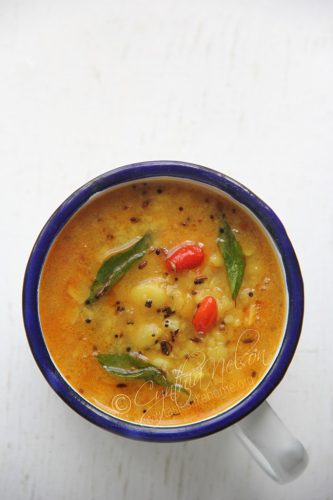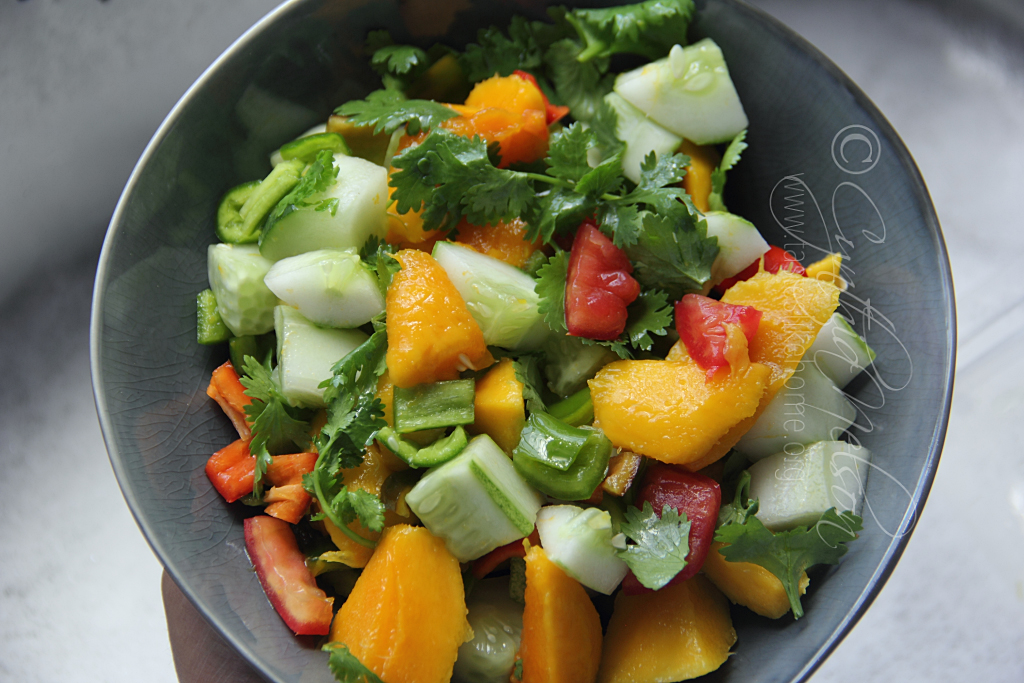 Last Wednesday was World Food Day 2024. The theme this year was “Right to Foods for a Better Life and a Better Future.” Themes and the marking of days and occasions (including birthdays, anniversaries etc.) forcefully, and at times gently, nudge us to think, take stock, renew, energise, and take action for the better. Sometimes, on these occasions, we may want to break the mould or make existential decisions. While both are good, they are also relative, and should be applied when necessary. One of the things I like to do is to consider what already exists, what is working, or not working, what can be improved, and what needs to be reminded, which brings me to 5 Healthy Options and 4 Things To Do.
Last Wednesday was World Food Day 2024. The theme this year was “Right to Foods for a Better Life and a Better Future.” Themes and the marking of days and occasions (including birthdays, anniversaries etc.) forcefully, and at times gently, nudge us to think, take stock, renew, energise, and take action for the better. Sometimes, on these occasions, we may want to break the mould or make existential decisions. While both are good, they are also relative, and should be applied when necessary. One of the things I like to do is to consider what already exists, what is working, or not working, what can be improved, and what needs to be reminded, which brings me to 5 Healthy Options and 4 Things To Do.

Dhal – Regardless of the type of dhal or how it is made, it is one of the healthiest foods that can be consumed daily. Packed with nutrients such as fibre, protein and complex carbohydrates that break down slowly in the body keeping you full for longer, it is easy to see why dhal is such a healthy food. Adding vegetables to the dhal makes this a powerhouse of a dish. Add more dhal to your diet and use a variety of legumes; you do not only have to use the yellow varieties such as split peas, masoor (red lentils), toor, chana, or yellow mung, try using black beans, whole channa (chickpeas), kidney beans, black eye peas and other heartier legumes.
Each type of legume has its own unique set of nutrients. For example, kidney beans contain a lot of iron, and black eye peas, more fibre than other peas/beans. Take the time to explore more of the foods already available and incorporate them into your diet for healthy eating.
Rice and Peas – If it is one thing this region has been blessed with, it is a variety of ways in which we can make a delicious and healthy dish of rice and peas. Whether you make it like the Barbadians or Jamaicans do – rice cooked with the peas/beans (pigeon peas, kidney beans respectively) or the Trinbagonians – rice with stewed kidney or any type so red beans, or our version which is essentially dhal and rice, combining these two ingredients is a complete meal. Please do not confuse my reference of rice and peas to Trini Pelau or Guyanese Cook-up Rice. I am talking here about a different type of everyday staple.
Soups – Soups of all and every kind are healthy. While you can definitely add extra nutrition and protein with the addition of meats and other cuts such as cow-heel and chicken feet, necks, backs and wings, they are not necessary. Making soups by cooking vegetables or legumes as the base where they are blended and pureed for texture and added flavour make for filling and satisfying eats. Adding vegetables to the pureed soups to make them chunky and hearty with a satisfying mouthfeel is a way to increase the nutrition of soup.
Making small balls of fufu out of pounded plantains, eddoes, tania, cassava, breadfruit, or sweet potatoes, can replace the need for flour dumplings, making it a gluten-free dish. Alright, alright, that is taking things a step too far. I know there are people for whom soup without dumplings is anything other than soup (LOL).
Salads – This one can be a bit tricky but hear me out. I would recommend adding and subtracting based on cost and availability. There are times when the cost of lettuce and cucumber can turn your eyes into daggers, hence my suggestion about cost and availability. Do not be afraid to add some foreign fruit to your salad, given you are likely to be using it in small quantities. For example, I love adding a crisp apple to my salad, it brings texture and light sweetness. Grapes are another good option.
Carrots and cabbage (green/white) usually carry stable pricing so they are always in my salads. Local green sweet peppers are more nutritious (packed with vitamin C) and less expensive than imported yellow, red, and orange bell (sweet peppers). When fruits such as mangoes, pears (avocado), and pawpaw (papaya) are in season, add them to your salads. These are the times that you can ditch the apples and grapes.
Vegetable Fried Rice – Don’t think of this dish as exclusively something you get from a restaurant. Make your own and make it your own. Pack this stir fry with lots of vegetables, either as a combination or exclusively using a single vegetable. This rice and vegetable combo will go down differently than fried okra and rice or fried bora and rice. Apart from the usual carrots and bora, try making a pak choi fried rice, or an okra fried rice or a broccoli fried rice. If you happen to have access to tri-coloured carrots, definitely make an all-carrot fried rice.
And now to the 4 Things To Do. They are not new, I have asked you to do these things before but as I said in the opening, sometimes, we need to be reminded.
1. Make the time and do your fruit, meat, fish and vegetable shopping at a market rather than a supermarket. And make it more than a drive-by event. Go talk to the farmers and vendors, hear of their triumphs, struggles and challenges and support them by buying local.
2. Make the effort to cook more at home, even if it is only one of your daily meals. You’ll not only save money but you’ll also know what you are putting into your body.
3. Try to make certain things at home that you buy from the supermarket. Things that can easily be done at home. For example, making your own granola and breadcrumbs. Buy whole cabbage and carrots and shred them yourself. These days, we don’t even have to do that by hand, there are manual and electrical shredders and graters that can make quick work of the task. Do the same for your cheese(s); grate and shred them yourself.
4. Slow down and chop your vegetables yourself. I know that it is a big help and convenience to walk into a supermarket and pick up packets of bora, pumpkin, saime etc. already chopped and ready to be cooked. However, let that type of buying be the exception rather than the norm.
Have a good weekend everyone!
Cynthia










